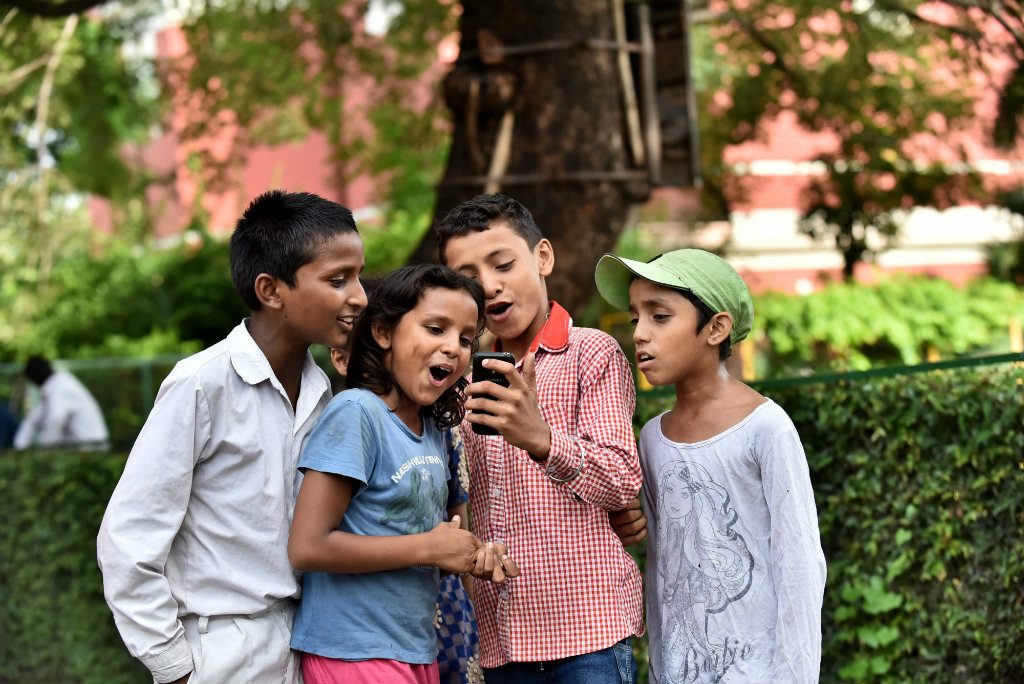
With its amazing speed, the 5G technology holds out exotic promise for consumers and business enterprises alike.
However, the exponential growth of wireless devices and services takes place within a limited bandwidth space.
But what does that mean?
The competition for radio wave space is growing by the day, and now the existing vital services like weather forecast agencies – that once operated without any hindrance– share more and more frequencies with new devices.
That has raised serious concerns over safety and seamless functioning of meteorological organizations that help warn against impending storms and floods and save lives and vital infrastructure. The concerns include interference in the working of the services.
Until now each of the existing technologies, devices and services– like radio and TV channels, satellites and Wi-Fi service providers – operate within a specific space of the electromagnetic spectrum to minimize the possibility of any interference.
Weather forecasting employs the band between 23.6 and 24 GHz. However, telecom companies have been eager to expand the use of the band around 24 GHz for 5G technology.
Experts have warned that interference from neighboring bands could cause a loss of data and severely affect the forecasting ability of weather services.
This week, the World Meteorological Organization (WMO) echoed similar concerns, calling for protection of radio frequencies allocated to such vital organizations.
“Frequencies dedicated to weather forecasts need to be balanced with commercial interests,” Eric Allaix, chair of the WMO group dealing with frequency issues, said, explaining the risks posed by having too little bandwidth, when it comes to early warnings of bad weather.

UN/ESA/NASA–A. Gerst Hurricane Florence photographed from the International Space Station on 12 September, 2018.
“Thanks to timely weather warnings, there has been a big reduction in loss of life during recent decades. These improvements are directly related to the use of radio frequency-based remote sensing, feeding directly into numerical weather prediction systems giving more accurate predictions with longer lead periods,” he said.
The WMO is not against technological advancements, Allaix says.
“But we are concerned that they should not encroach on the frequencies used by life-saving applications” including aircraft, radar and other observing systems beyond predicting the weather, according to a UN statement.
The ability to foresee incoming disaster and destructive weather depends on “passive sensing techniques”, used by many weather experts, the WMO explains.
Sensitive instruments measure very low-power microwaves emitted from the atmosphere and the Earth’s surface, the UN news service explains.
The world body says the World Radio Communication Conference (WRC-19) will bring together more than 3,500 participants from ITU member countries in Sharm el-Shaikh, Egypt from October 28 to November 22 to address and revise radio regulations with major repercussions for earth exploration, environmental and meteorological monitoring.


















